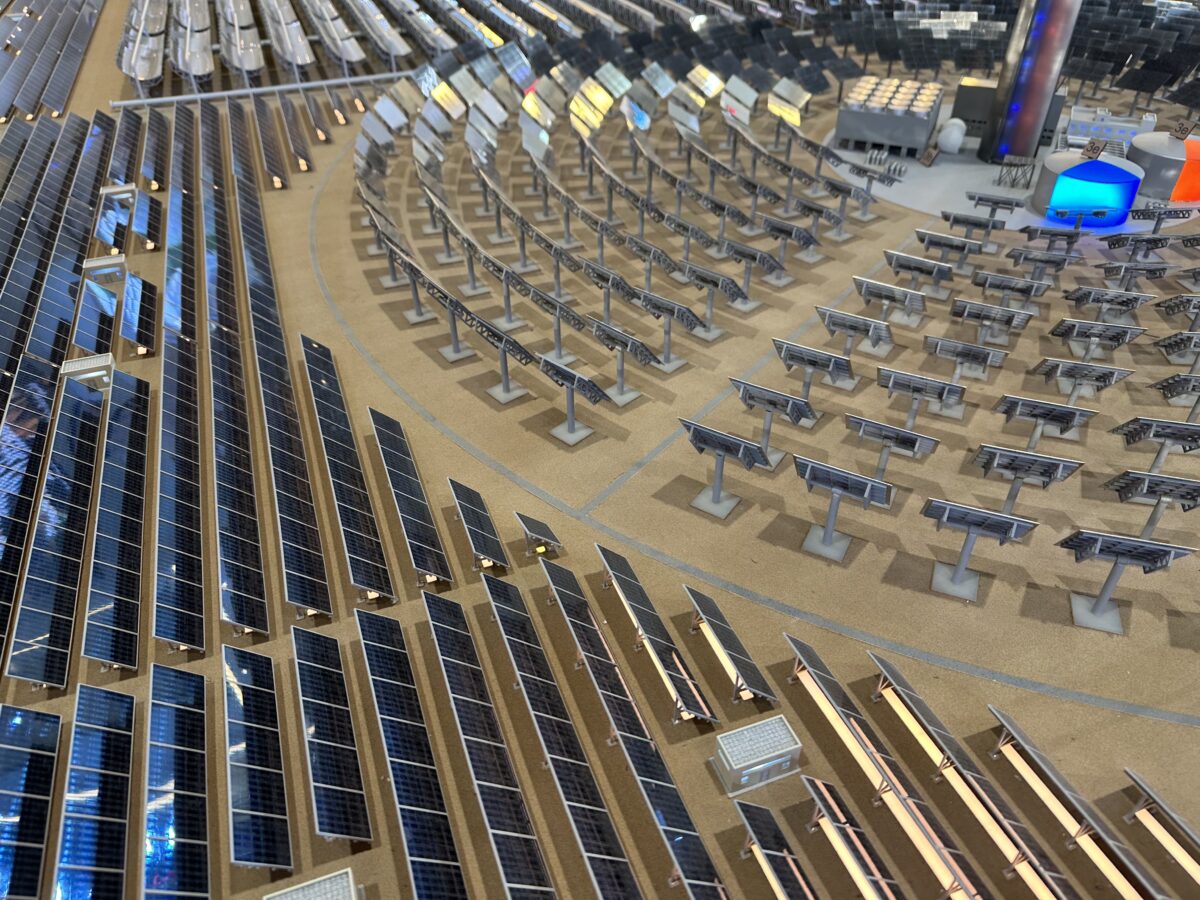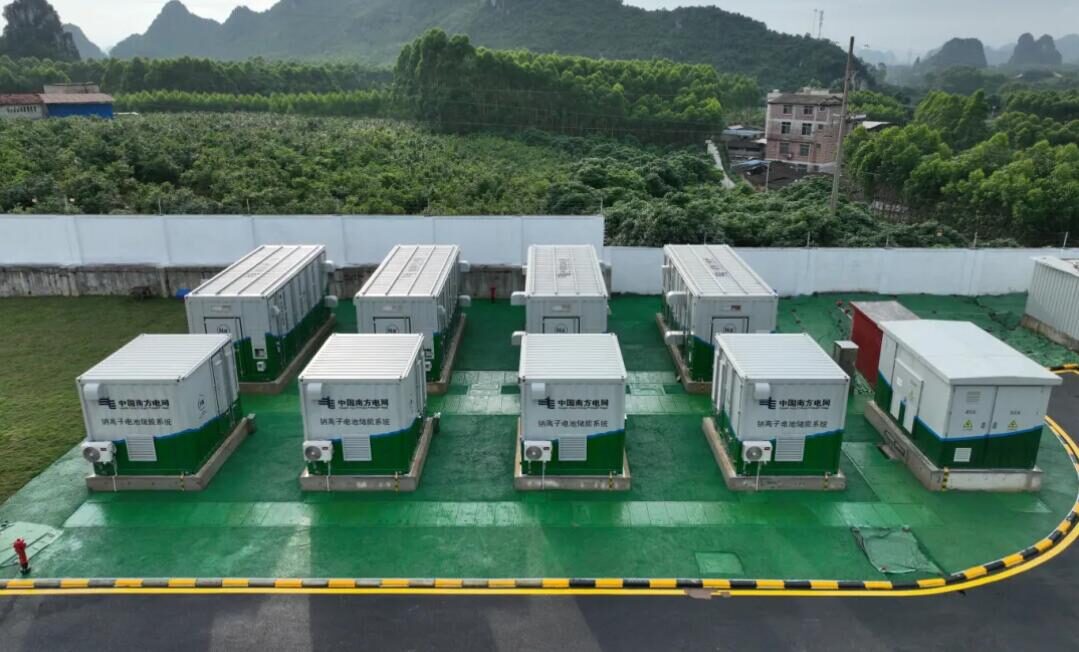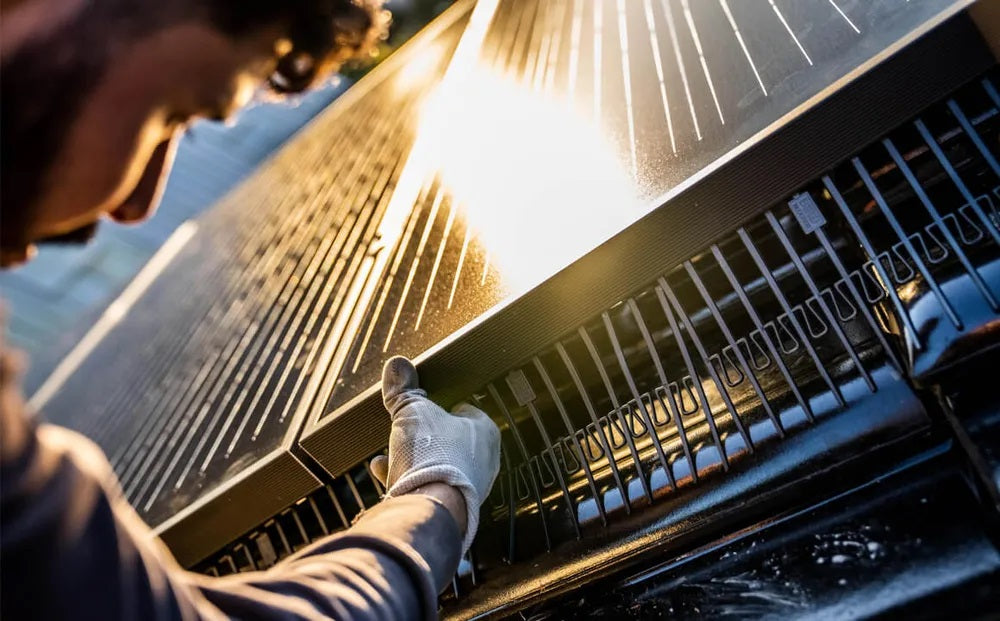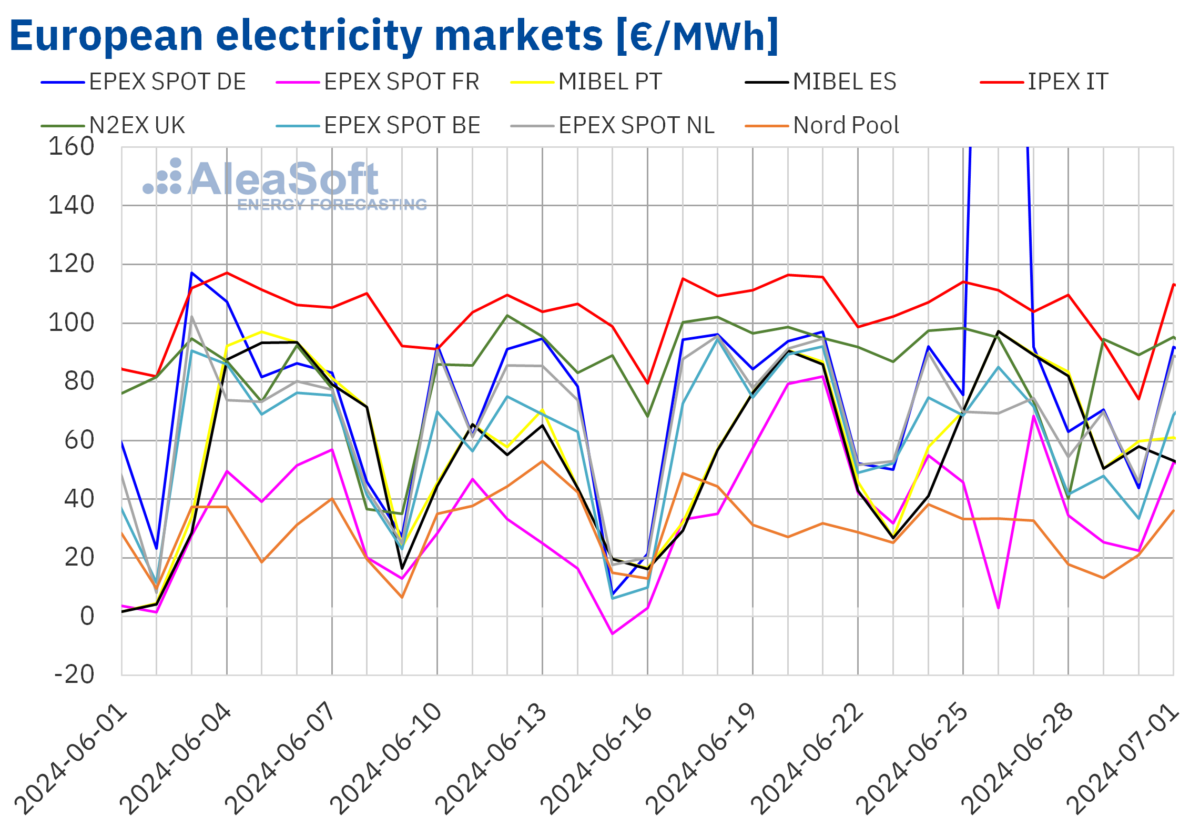https://www.pv-magazine.com/2024/06/27/the-many-potentials-of-solar-energy/
The many potentials of solar energy
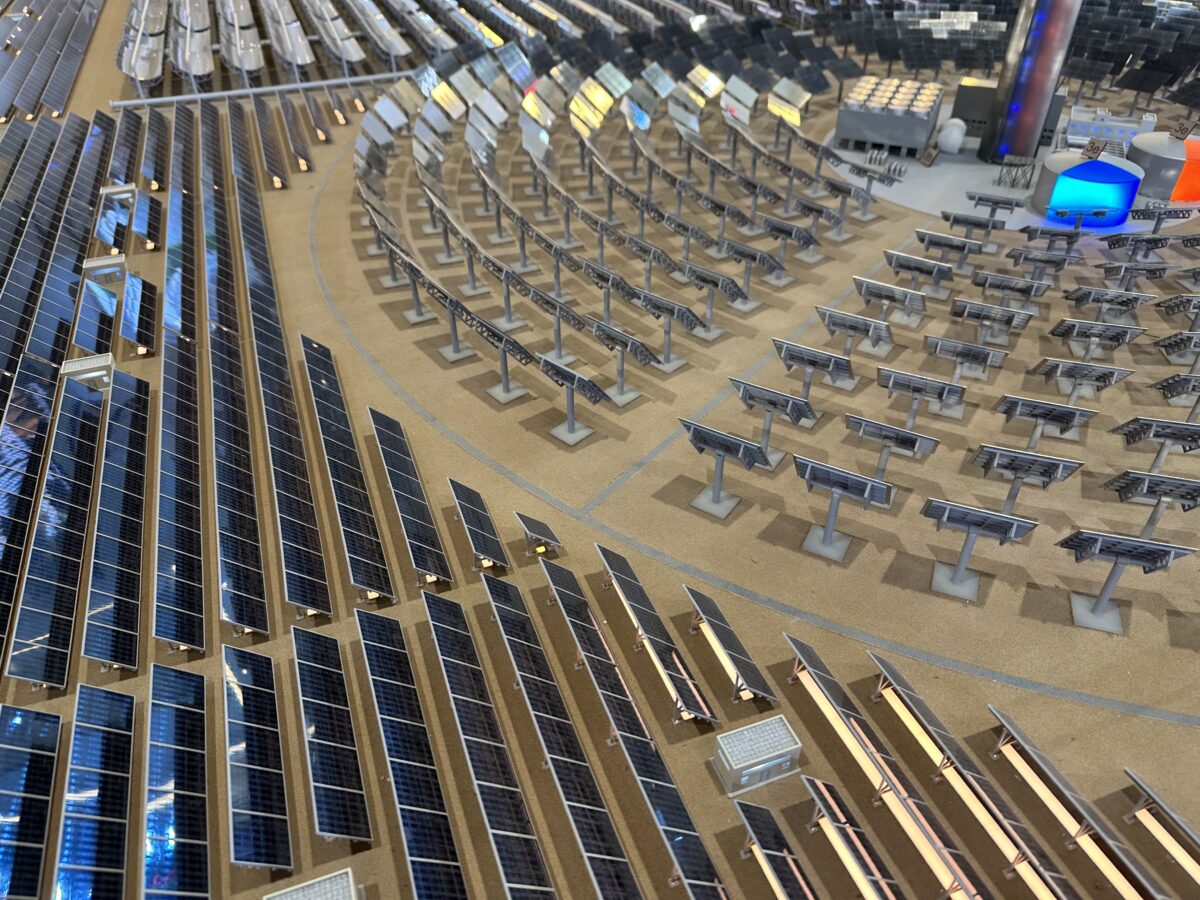
Image: pv magazine
Hydrogen (H2) is considered to be a promising source of clean energy if it can be produced carbon-free end to end. To be able to do so, at a reasonable cost, remains a huge challenge. Yet governments the world over seem increasingly keen to place bets on it, often as part of a mixed economy of green power options.
As it stands though, more than 90% of the world’s H2 is produced from fossil fuels through processes such as steam methane reforming, methane partial oxidation and coal gasification. This alone generates emissions of around 830 million tons of CO2 per year, which accounts for over 2% of global annual CO2 emissions.
That’s hardly a sustainable way forward. An alternative is to substitute methane and coal with a carbon-free source such as water (H2O). Electricity is used to split water into hydrogen and oxygen through a process called electrolysis and, in theory, produce H2 without generating any greenhouse gas emissions. The catch is that this depends on the electricity source also being carbon-free and, in many regions of the world, the infrastructure is simply not yet suitable or economically viable for this pathway. In addition, different types of electrolyzers required for the process make use of metals such as nickel and platinum group metals (PGMs) that are associated with high cost, environmental impact and supply chain concerns.
Solar thermochemical hydrogen could be an option
Attention has turned to an emerging technology that offers a completely emissions-free solution. This is solar thermochemical hydrogen (STCH), which relies on heat, rather than water, generated from solar energy to drive H2 production.
In this method, the power to drive STCH hydrogen production comes from concentrating solar power (CSP). Arrays of hundreds of mirrors gather and reflect sunlight to a central receiving point. The heat from the receiver is then absorbed by an STCH system, which directs it to split water and generate hydrogen. Temperatures greater than 1 400 C can be used to boil water for steam to run a turbine, which in turn can generate electricity. There’s a catch, however. To date, STCH designs have had limited efficiency: Only about 7% of incoming sunlight is used to make hydrogen, rendering such systems low-yield and high-cost.
In October 2023 a team at MIT claimed a breakthrough. Their concept for a system of reactors could harness up to 40% of the sun’s heat. According to the MIT researchers, this increase in efficiency could drive down the system’s overall cost, making STCH a potentially scalable and affordable option to help decarbonize industries like transportation.
“This could drastically change our energy future – namely enabling hydrogen production 24/7,” says Christopher Muhich, Assistant Professor of Chemical Engineering at Arizona State University. “The ability to make hydrogen is the linchpin to producing liquid fuels from sunlight.” The next stage is to build a prototype that will be tested in concentrating solar power facilities.
Where IEC Standards come in
Several IEC Technical Committees prepare international standards for solar systems and installations, including concentrating solar power. IEC Standards are paving the way for them to be widely adopted by ensuring they meet the appropriate safety and efficiency requirements.
IEC TC 117 works on international standards for systems of solar thermal electric plants for the conversion of solar thermal energy into electrical energy. One of its standards, published in 2022, IEC 62862-3-1 specifies the requirements for the design of parabolic-trough solar thermal power plants. Future standards are expected to address issues of connectivity and interoperability with the power grid and environmental aspects. IEC TC 82 prepares standards for solar PV energy devices, which comprise all the elements in the entire photovoltaic energy system and TC 105 which publishes documents relating to fuel cell technologies.
Research from ETH in Zurich
Popular content
Another approach to improving thermochemical technology comes from a team of engineers at ETH Zurich, funded by the Swiss Federal Office of Energy. They tackled the challenge of maximizing the transfer of heat from a CSP system to the interior of a reactor.
At the heart of its production process is a solar reactor that is exposed to concentrated sunlight delivered by a CSP array and reaches temperatures of up to 1,500 C. Inside this reactor, a thermochemical cycle takes place to split water and CO2 captured previously from the air. The product is synthesis gas or syngas: a mixture of hydrogen and carbon monoxide, which can be further processed into liquid hydrocarbon fuels such as kerosene (jet fuel) for powering aircraft.
Two ETH spin-off companies (Climeworks and Synhelion), are further developing and commercializing the technologies. “This technology has the potential to boost the solar reactor’s energy efficiency and thus to significantly improve the economic viability of sustainable aviation fuels,” said Aldo Steinfeld, Professor of Renewable Energy Carriers at ETH Zurich.
Hydrogen-producing solar panels
Researchers at KU Leuven in Belgium have developed rooftop panels that capture both solar power and water from the air. Hydrogen panels are like conventional PV modules, but instead of an electric cable, they are connected via gas tubes. The researchers claim one panel produces 250 liters of H2 per day, at an efficiency of 15% and are now preparing to bring the tech to the mass market via a spinoff company.
Project researcher Jan Rongé explains, “The hydrogen panels themselves do not store hydrogen and work at very low pressure. This has several safety and cost benefits. The hydrogen is collected centrally from the hydrogen panel plant, and then compressed if needed.” It is expected that the product will be commercially available in 2026 and that prices will drop in line with that of PV modules today.
The International Electrotechnical Commission (IEC) is a global, not-for-profit membership organization that brings together 174 countries and coordinates the work of 30.000 experts globally. IEC International Standards and conformity assessment underpin international trade in electrical and electronic goods. They facilitate electricity access and verify the safety, performance and interoperability of electric and electronic devices and systems, including for example, consumer devices such as mobile phones or refrigerators, office and medical equipment, information technology, electricity generation, and much more.
The views and opinions expressed in this article are the author’s own, and do not necessarily reflect those held by pv magazine.
This content is protected by copyright and may not be reused. If you want to cooperate with us and would like to reuse some of our content, please contact: editors@pv-magazine.com.
